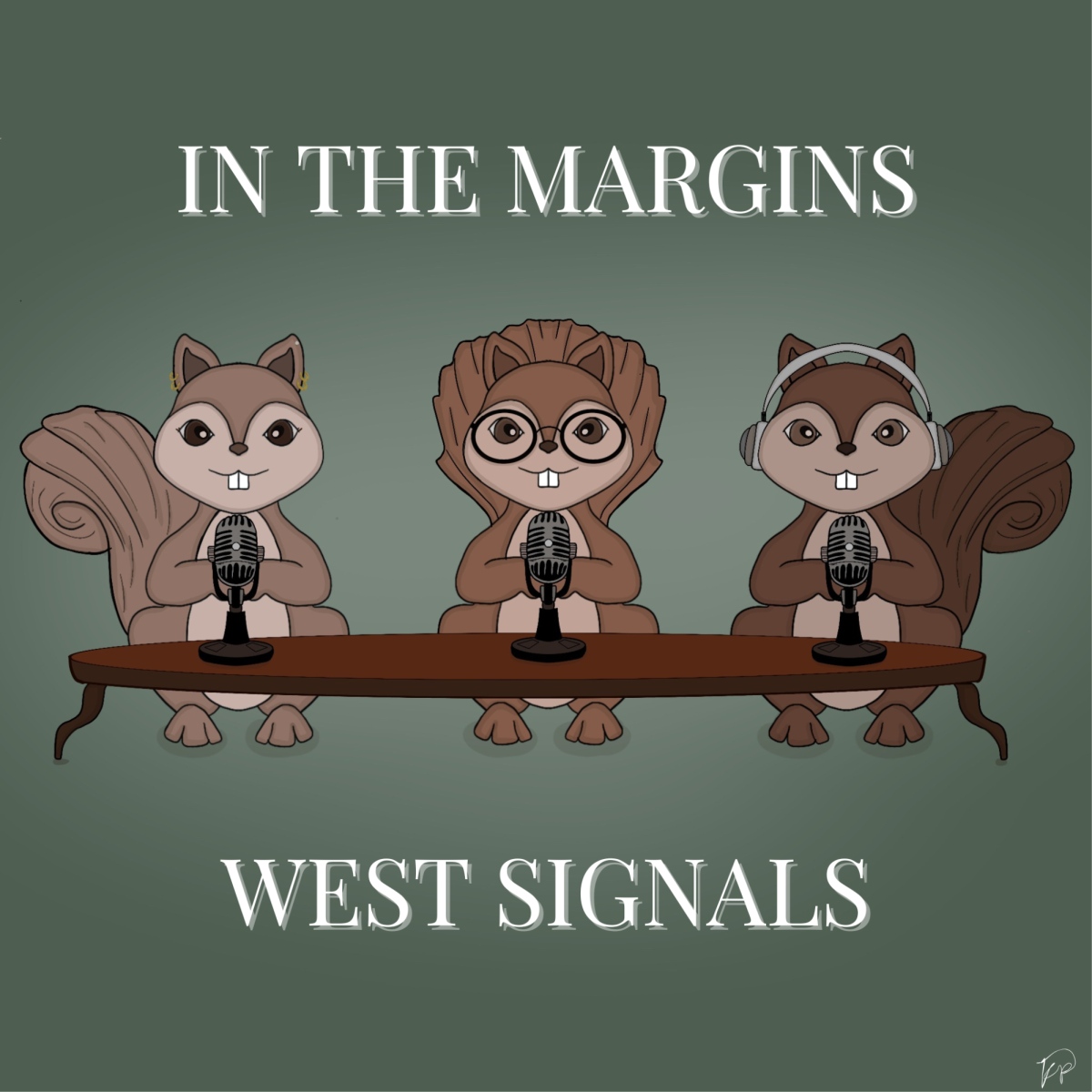Insanity, Drugs, and Rock & Roll

November 14, 2016
Insanity and rock. Oh what a perfect mixture. Rock and roll oversteps every “norm” of society, has its own standards, and is always considered as “insane”. These standards create a scene not fit for most.
Rock has impacted the music scene as it jumpstarted the careers of many notable musicians like Bob Dylan and Joan Jett. Jett and her band, Joan Jett and the Blackhearts, are currently on tour and continue to push boundaries the best way they can. And for nearly half a century, Black Sabbath has been the band that wouldn’t die.
The actual problem with rock and roll isn’t the music or even what some artists promote. It’s rather the lax behavior that these artists possess that many people idolize, thinking that the stunts are an act of visionary genius. These standards in the rock arena coincide with the blurring of the line between genius and insanity. Artistic license and cultural trends as well as the nature of the medium itself all play a role in the view of “insanity.” No one can deny that certain superstars hold traits that others may perceive as repulsive, dangerous, or at best silly. But in rock, basically anything goes. Sadly, often times, musical content becomes irrelevant and the behavior and the environment that these artists are thrust into become the substance of rock and roll.
This can be seen with Syd Barrett, the acid-fried Pink Floyd legend. He was raised perfectly and had a good education. In the summer that started Pink Floyd, Barrett had his first LSD trip. This was the first of many, leading to his hate for fame and a diet of LSD sugar cubes, which burned him out to the point where he often forgot the words to his songs and repeated the same chords over and over again while performing. Absolute, indisputable “insanity” is difficult to achieve in rock and roll but Barrett did just that.
On the other hand, singer and visionary, David Bowie, was insane-diabolically and artistically insane-that is. Bowie was conscious and in control of his art. His alter ego concealed his identity and there was practically nothing that could separate the fantasy dream land from his own reality.
Rock and roll is a high risk game, and the biggest chances are taken with your own head. Nonetheless, distinction must be made between mere violence and true insanity. Most people in rock can’t tell the difference between genuine meltdowns and simple boredom. I think John Lennon made the connection between genius and pain pretty clear. And Bowie made it pretty clear that rock and roll suicide is a natural danger in this game.
Real insanity is complex and quite frankly, ugly, but it also possesses delightful and funny moments. Some of the most spellbinding musicians in the world are the most insane, but also the most charming. In the sixties, the Stones were fined for peeing on a gas station when the attendant would not let the bassist, Bill Wyman, use the restroom because he was a “shaggy-haired monster wearing dark glasses,” according to Ultimate Classic Rock. Back then that was considered “insane.” Today, people would find this a disruption to human nature. However, when the Sex Pistols are known for throwing up on people, you start to think. Following the end of their tour on December 1976, before boarding the plane at London Heathrow Airport, “it became generally believed [Steve] Jones had been reported vomiting on old ladies in the preflight lounge,” said Rolling Stones. Also, on March 1977, the Sex Pistols signed to A&M Records and when they returned to the A&M office, bassist Sid Vicious, trashed the director’s office and vomited on his desk. This is not even mild insanity. They were completely off the walls.
Puking and taking drugs onstage is not crazy enough in the rock society. Idolizing people comes with a price. These musicians simply don’t want to die anonymous. The same goes for their fans.




